Fast-Pitch Softball Bats
Get the Inside Scoop on Fastpitch Softball Bats
Fastpitch softball bats come in all shapes and sizes, and you can find the perfect one to meet your needs by checking out our rundown of fastpitch softball bats. You’ll learn about factors like material composition, length, weight, price, and more as we take you through what makes these bats unique. Whether you’re shopping on a budget or have money to burn, there’s sure to be something on this list that meets your needs perfectly.
The first thing to consider when looking for a bat
To avoid confusion, first, think about whether you’re looking for a fastpitch softball bat or a slowpitch softball bat. Although there are some differences between fastpitch and slowpitch bats, most are pretty minimal—and sometimes even confusing. One way to tell them apart is with weight restrictions: You can use a 14 oz fastpitch softball bat in slowpitch softball but not vice versa. And another tip is to remember that you may need a different size of the barrel for each version; if you’re playing in a fast-paced competition (or just want your swings to be speedy), go for light! If you have time to swing more slowly, get yourself an extra heavy bat.
What kind of player are you?
It’s not easy to buy a softball bat because there are so many options, from materials to brand to size. If you’re new to softball, choosing your first bat can be pretty confusing. But if you know what kind of player you are—say whether you’re an advanced or beginner player—you can narrow down your options significantly. For example, some bats are designed for slowpitch softball; other bats are made for fastpitch softball. Make sure you know what game type (or game types) is most suited for your abilities before making a purchase decision!
The Science Behind Gear
We asked a bunch of industry experts to tell us their thoughts on fastpitch softball bats. The results were pretty interesting; apparently, there’s a ton of science involved when choosing a new bat. When getting ready for your next season, it might be worth your time to do some research before shelling out big bucks. As they say, knowledge is power! Don’t forget to share with other players so you can help everyone get ready for another great season!
The Best Advice We’ve Received About Purchasing Gear
When it comes to fastpitch softball bats, many players focus only on two features: weight and length. Although those are important considerations, you also want to consider other factors like material and design. For example, some high-performance bats are made with laminated wood while others are made of aluminum alloy. Before making your final decision, make sure you’ve done enough research to understand what makes a bat truly great—and which features are just bells and whistles designed to catch your eye.
All About Material
We know you want a good bat, but we also know that not all materials are created equal. That’s why we’re going to help you make an informed decision about which softball bat is right for you. We know how difficult it can be to find accurate information about new fastpitch bats, and that’s why we went to bat (pun intended) to create one of the best sources of the inside scoop on new softball bats out there. Don’t go into your next tournament blind: bookmark us today!
The Best Bats For Beginners, Intermediates, And Pros
When you’re looking for a new softball bat, it can be overwhelming to think about which one will work best for you. Fortunately, there are certain characteristics of bats that apply to every skill level. For example, your style of hitting (i.e., natural top-hand/bottom-hand hitter) as well as how much time you spend practicing and playing in a given season will determine whether or not a composite bat is right for you. If you’re planning to use your bat outside of practice and games once in a while, but not all that often then an aluminum bat may be perfect for you! All softball bats fall into one of two categories: fastpitch and slowpitch.
Finding The Right Bat For You
When you’re looking for a fastpitch softball bat, there are several factors to consider. Though it might not be so important at first, as a beginning player, soon you’ll want to get serious about finding that perfect bat. Though people use many different types of bats in fastpitch softball, there are two general categories they fall into: Aluminum alloy – these bats are very strong and lightweight, making them good for power hitters. They also tend to break less frequently because of their strength and high durability. Composite – These bats have been popular among players since their invention in 1986 and now make up 40% of all bats sold today. They tend to be more expensive than aluminum alloy models but offer great performance for players with faster swing speeds.
About Speed Ratings And Flexibility
When picking a softball bat, you’ll notice that some have a speed rating. The speed rating of your bat is related to how fast your ball will leave it, but all bats aren’t built equally. When choosing between different bats with similar speed ratings, you might want to choose one that has low flexibility because it will give you more control over your swing and help you land accurate hits even when swinging quickly. That being said, high-flexibility softball bats are also great for beginners who need some time to develop their swing before upgrading to a professional model—just remember that it will be harder for them to maintain their swing speed as they get older or better at softball!
What Does USBC Approved Mean?
Approved bats are approved by USA Baseball and those organizations must adhere to specific regulations regarding bat materials, overall weight and size, handle widths, and more. According to both USBC and USA Baseball, only about 10% of all bats being used by players at that time were approved. These bats often have an Approved stamp on them. This is also true of slowpitch softball bat specifications and rules but not so for fastpitch softball bats. Approved fastpitch softball bats have been shown to actually be stronger than their non-approved counterparts because they can use more durable materials like composite alloys whereas non-approved must adhere to strict sizes in order for them to be allowed for play.
Showing 1–12 of 324 results
-
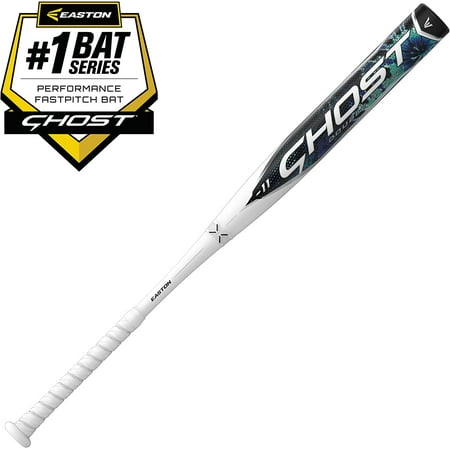
Easton 2022 Ghost Tie Dye Fastpitch Softball Bat 32 inch (-11)
$604.92 Buy Now -

Marucci Echo Connect DMND -10 Fastpitch Softball Bat: MFPECD10 28 18 oz.
$576.62 Buy Now -
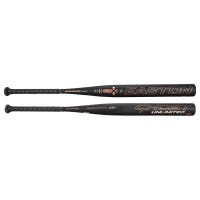
Easton Ghost Unlimited Pitch Black (-10) Fastpitch Softball Bat – 2024 Model Size 34in./24oz
$499.99 Buy Now -
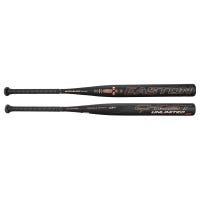
Easton Ghost Unlimited Pitch Black (-10) Fastpitch Softball Bat – 2024 Model Size 33in./23oz
$499.99 Buy Now -
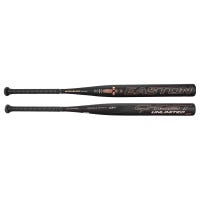
Easton Ghost Unlimited Pitch Black (-10) Fastpitch Softball Bat – 2024 Model Size 32in./22oz
$499.99 Buy Now -
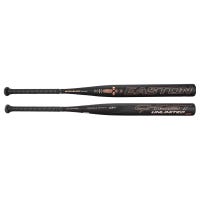
Easton Ghost Unlimited Pitch Black (-10) Fastpitch Softball Bat – 2024 Model Size 31in./21oz
$499.99 Buy Now -
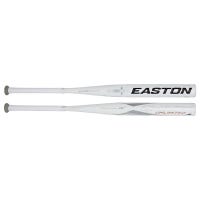
Easton Ghost Unlimited (-8) Fastpitch Softball Bat – 2023 Model Size 34in./26oz
$499.99 Buy Now -
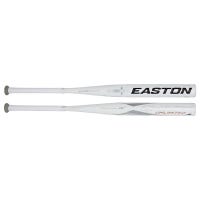
Easton Ghost Unlimited (-8) Fastpitch Softball Bat – 2023 Model Size 33in./25oz
$499.99 Buy Now -
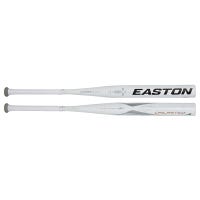
Easton Ghost Unlimited (-9) Fastpitch Softball Bat – 2023 Model Size 34in./25oz
$499.99 Buy Now -
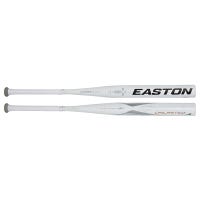
Easton Ghost Unlimited (-9) Fastpitch Softball Bat – 2023 Model Size 33in./24oz
$499.99 Buy Now -
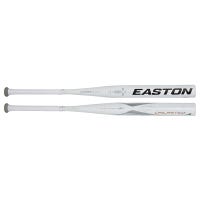
Easton Ghost Unlimited (-9) Fastpitch Softball Bat – 2023 Model Size 32in./23oz
$499.99 Buy Now -
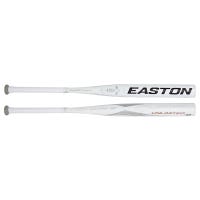
Easton Ghost Unlimited (-10) Fastpitch Softball Bat – 2023 Model Size 34in./24oz
$499.99 Buy Now
